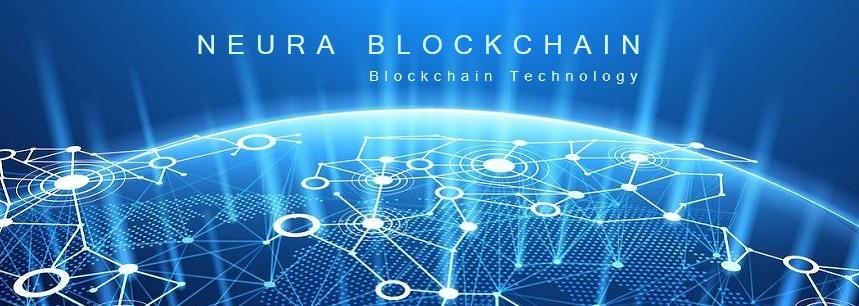This was the usual question asked by everyone.... When this enigmatic anglicism was first heard, it was from the day Satoshi Nakamoto, the father of Bitcoin, published his White Paper on October 31, 2008, the day the world's first cryptocurrency based on the Blockchain was born. But it was not until, between 2014 and 2016, that this term or anglicism began to become popular in certain circles and business areas, defining itself, exponentially, towards a growing diversity of social, economic and institutional environments.
Blockchain, translatable as "blockchain", is a technology that is part of the field of so-called distributed ledger technologies or DLT (Distributed Ledger Technologies). It allows managing data, orders, transactions, assets and tokens, through an ingenious distributed or decentralized registration system that is recorded in blocks of information that are sequentially concatenated creating a chain of blocks or immutable and unalterable records, collaboratively shared among all members of each blockchain network, and which are verified by these members of the network, acting as "nodes" of the same.
In this way, a registration procedure is created, which works by means of consensus cryptography, equivalent to a ledger, but in this case digital, of which there are as many identical copies as members of the network. The cryptographic consensus used ensures that there is a single auditable and unmodifiable version of the data stored and of each movement or transaction, which introduces a sort of decentralization of the concept of trust, now based on P2P (peer to peer) collaborative relationships that do not require the existence of a central authority, as has been the common denominator to date.
In contrast to the traditional centralized databases housed in a central institution or on its servers, a distributed, decentralized, shared and replicated database can be created using blockchain, which can be public or private, permissive (accessible only to those who are admitted as members of the network, as occurs with a private or closed blockchain that could be created, for example, by a business group, a government organization or a network of military bases) or non-permissive (freely accessible to any user who wishes to do so by installing the appropriate free software).
The data or transactions recorded in the distributed ledger or accounting database must be immutable, auditable, have cryptographic protection and be equipped with a system for verifying their veracity, a task performed by the so-called validator nodes. This procedure allows the registration of different transactions on a decentralized basis, facilitating the exchange of information between parties in an efficient, open and verifiable manner.
Blockchain is known as the Internet of Value, also the Internet of trust, as opposed to the current Internet of information, since it allows the transfer of value or digitized assets between users, as opposed to the classic Internet that only allows sending information or copies of assets. A simple example can help to understand this difference: Currently, copies of a photograph can be sent from one device to all desired users, while with blockchain, ownership of the photograph can be transmitted to another user. The same idea works for countless applications that are currently being developed: transfer of property titles, financial assets, etc.
An essential element of blockchain is that it allows users who do not fully trust each other to maintain a consensus on the existence, status and evolution of a series of shared factors; in other words, the network itself acts as a guarantee of faith, introducing systems of trust between strangers. From a technical point of view, this trust and consensus-based system is built from a global network of computers managing a gigantic database.
There are currently several blockchain networks operating worldwide, somewhat like different operating systems. For example, bitcoin, the famous cryptocurrency, which is configured as the first effective and globally widespread application of blockchain, is one of them. Another of the most prominent is Ethereum, which is formed by thousands of nodes distributed around the world and that form a platform on which you can move or develop many specific applications, given its versatility, being especially useful for the development of so-called Smart contracts, with the ERC-20 protocol for the creation and exchange of tokens.
In fact Blockchain, is the network that is being implemented in the world, of semi-public or public character requiring the identification of the participants and multisectorial, in which companies of all types and sectors participate, from small start-ups to the majority of technology companies, consulting firms, recognized law firms, various universities, banks and private and public institutions.



No comments:
Post a Comment